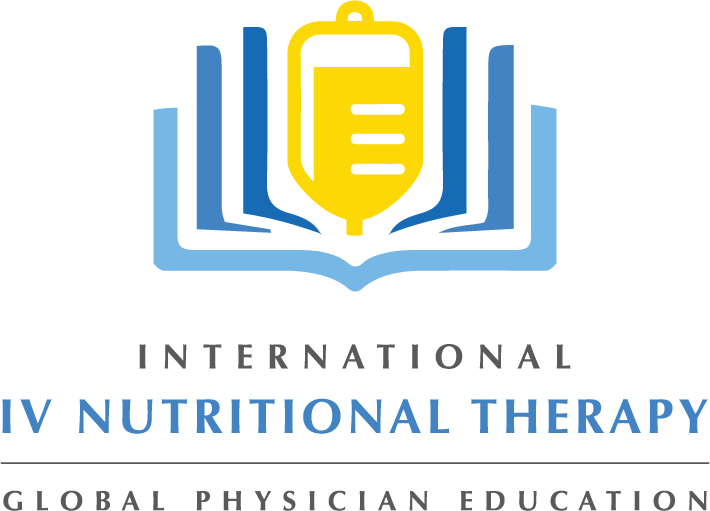About the time IVNTP started offering our 2-day Advanced Topics seminars (2009), research was coming out of the University of Kansas Medical Center, via Dr. Jeanne Drisko, director of the program of Integrative Medicine, indicating that ascorbic acid protocols in use at the time may not be the best for supporting cancer patients. When cancer patients are given high dose IV vitamin C (HDIVC), the objective is to cause oxidative effects at the tissue/tumor level by using the vitamin C to generate hydrogen peroxide.[i] IVNTP concurred with this research and incorporated the concept that future HDIVC protocols should contain only ascorbic acid and balancing amounts of specific minerals, e.g. calcium, magnesium and potassium. At this time we did not differentiate any advantages to specific mineral salts, such as calcium gluconate vs. calcium chloride.
In the recent Volume 16 online supplement of Alternative Medicine Review in an article titled ” The Concern about B-Vitamins Affecting the Oxidant Effect of Intravenous Ascorbate for Malignancy,” Lamson, et al. presented a summary of in vitro research that indicates B-vitamins interfere with the generation of hydrogen peroxide.[ii] From the paper summary:
“… the anti-tumor effect of high concentration ascorbate performs its function in the interstitial fluid beyond the blood circulation. Ascorbate is converted to superoxide, which proceeds to the hydrogen peroxide believed to be the active agent. Most of the B-vitamins can quench superoxide under some conditions and would presumably lower the concentration of hydrogen peroxide available for anti-malignant action. Therefore a caution seems appropriate against the inclusion of B-vitamins with intravenous ascorbate aimed at tumor cell cytotoxicity. However, this general recommendation based on chemistry cited above needs the support of in vivo studies for certainty.”
Within the last few years the Bastyr University Integrative Oncology Research Center has been performing clinical research on HDIVC, among other projects. Dr Paul Anderson, IVNTP instructor, headed up an analysis regarding the effect of HDIVC infusions on electrolyte balance. The upshot being that we now recommend using only the chloride salts of calcium, magnesium and potassium to balance the large sodium load resulting from the ascorbic acid. Stock ascorbic acid has a pH of about 2, which is much too acid for an IV infusion; the manufacturer buffers the ascorbic acid with sodium hydroxide and sodium bicarbonate, resulting in sodium ascorbate at a pH tolerable for intravenous applications but at the cost of a high sodium concentration. Chloride mineral salts balance the sodium load resulting in less blood electrolyte imbalance. Our two day Clinical Applications and Advanced Topics of IV Nutrient Therapies seminar covers the safe and effective use of HDIVC and dosing of the chloride mineral salts in detail.
[i] Pharmacologic ascorbic acid concentrations selectively kill cancer cells: Action as a pro-drug to deliver hydrogen peroxide to tissues. Proceedings of the National Academy of Sciences2005.102;38:13604-13609
[ii] Lamson DW, Ochi M, Hetherington J. The Concern about B-Vitamins Affecting the Oxidant Effect of Intravenous Ascorbate for Malignancy. Alternative Medicine Review. Volume 16 supplement (ePub), 2011.



